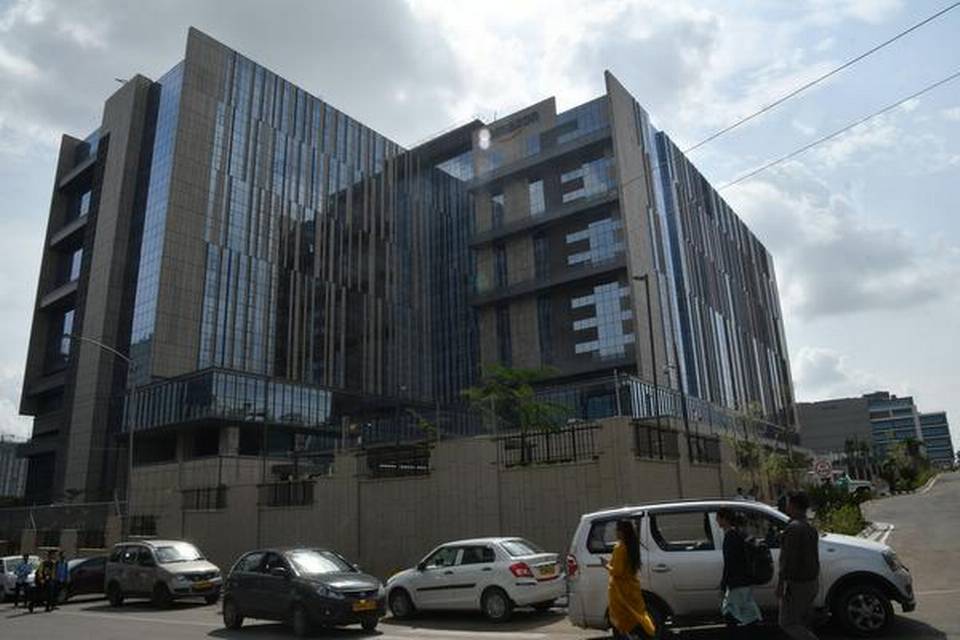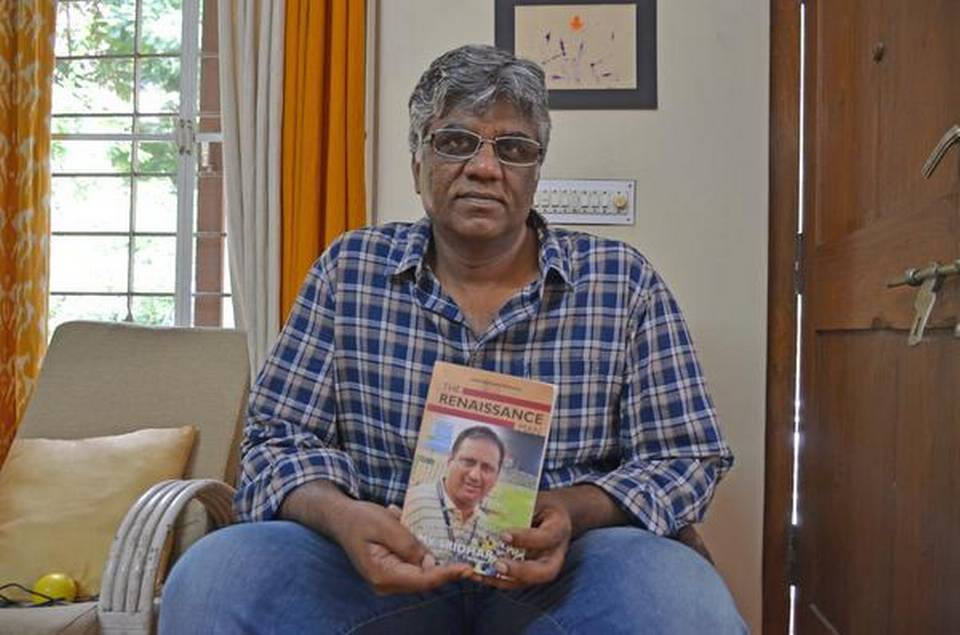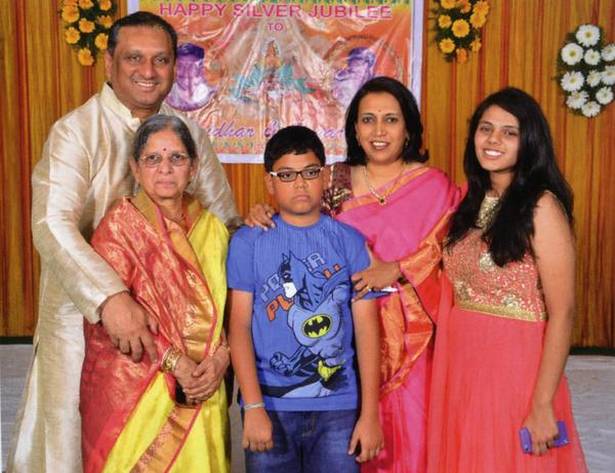Researchers at IIT Hyderabad say the pills will ensure controlled release of the drug used to treat the disease, bettering a patient’s chance of survival.
New Delhi:
Researchers at the premier Indian Institute of Technology, Hyderabad, have formulated oral tablets that they say will ensure better and faster treatment of the deadly parasitic disease visceral leishmaniasis, commonly known as kala-azar or black fever.
Kala-azar is a fatal disease caused by the bite of a sandfly; it affects the bone marrow, spleen and liver. At present, the disease is treated through injection-based administration of the drug Amphotericin B but that leads to an uncontrolled release of the drug into a patient’s bloodstream, resulting in high toxicity.
The IIT researchers say their tablets will release Amphotericin B in a sustained and controlled manner over a period of 10 days, which is likely to increase the chances of a patient’s recovery.
The drug uses nanofibres, which are 1,00,000 times thinner than human hair, for the controlled release of drug molecules.
“In order to make controlled-release oral tablets, the drug molecules must be loaded onto a base that dissolves gradually to release the drug over a period of time,” said Dr Chandra Shekhar Sharma, associate professor, creative and advanced research based on nanomaterials (CARBON) laboratory, Department of Chemical Engineering, IIT Hyderabad. Sharma led the research along with professor Saptarshi Majumdar.
“The development of oral, controlled-release tablets for fatal fungal infections and leishmaniasis, will help in better management of the disease burden in the country,” IIT Hyderabad said in a statement Thursday, adding that “the team’s work has been published in the July 2019 issue of the reputed peer-reviewed journal Nano-Structures and Nano-Objects”.
“Many attempts have been made earlier to make oral medication to control the delivery of the drug and bring down costs,” the statement added.
Status of kala-azar in India
In India, malaria, dengue and kala-azar are the top three vector-borne diseases.
According to the latest data by the Ministry of Health and Family Welfare, India registered over 5,700 cases of kala-azar in 2017.
Often referred to as a ‘disease of poverty’, the maximum number of cases were found in the economically underprivileged sections of Jharkhand, Bihar, West Bengal and Uttar Pradesh.
India had missed the 2017 deadline set to eliminate the disease. This was blamed on the absence of concrete or pucca houses in most infected areas and the issue was raised with the rural development ministry.
“As the endemic blocks (states) have a majority of houses made of wood, it is very difficult to eliminate the vector as it (the parasite) dwells in the wooden structure and escapes various measures to kill it,” reported The Financial Express last year. “Hence, to stop the transmission of infection, pucca houses need to be built.”
source: http://www.theprint.in / The Print / Home> Health / by Himani Chandna / August 22nd, 2019


